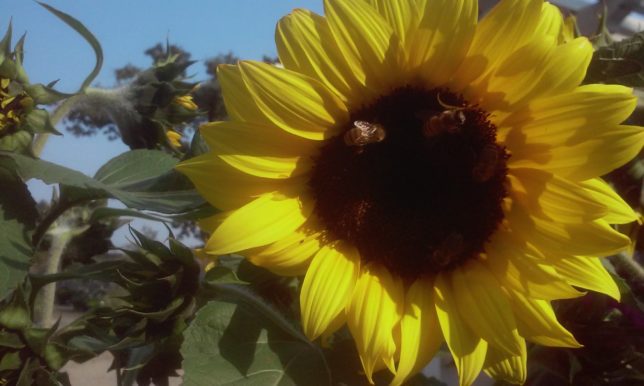
Sunflowers are ready for planting from 4″ starts or from seed.
We have several varieties to choose from with a range of heights and colors. Sunflowers provide a bright smile at the back of the flower bed. Plant the tallest types from seed – Russian Mammoth or Grey-stripe is an overall favorite, big classic flowers producing edible seeds.
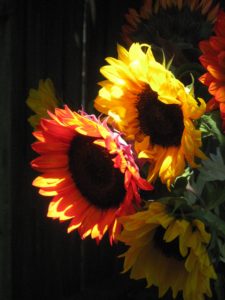
Our greatest selection in 4″ pots include multi-branching varieties that can keep blooming through the summer, especially if you remove spent flower heads.
Excellent planted in groups at the back of a border or along a fence. Great cut flower or leave on the plant to mature for winter bird feed.
Plant sunflowers in organic-rich, well-drained soil in full sun.
Here are some of our 4″ varieties on sale now.
Starburst Panache
Height is 5′ – Space at 12-18″. 4-5″ blooms with brown centers surrounded by a full mane. An ideal choice for cutting gardens
Gold Rush
Branches of perfectly formed flowers with a dark disk. 4′ tall.
Baby Bear
This sunflower is an annual with pollen-free, double-petaled, orange flowers. It is compact-branching to 2′ to 3′, blooming mid-summer.
Apricot Daisy
With a pale-green center and apricot petals form daisy-like flowers on a 4′ high, branching plant.
Lemon Sorbet
Large flower heads with lemon yellow petals and dark centers. 4-5′ tall.
Butter Chiffon
Grows about chest high with many branches, producing buttery colored, pollen-free flowers. Very light lemony petals on a plant that reaches about 4′.
Country Roads
Orange flowers on strong branches; ideal for small bouquets. This one is early to flower and pollen free. Height is about 4′.
Munchkin
Very Dwarf sunflower to 2′ high with cheery, bright yellow rays and yellow-green centers. Large heart-shaped leaves, pollen-free.
Red and gold petals with velvety-brown centers. Flowers summer to fall, 2’to 3′ high.

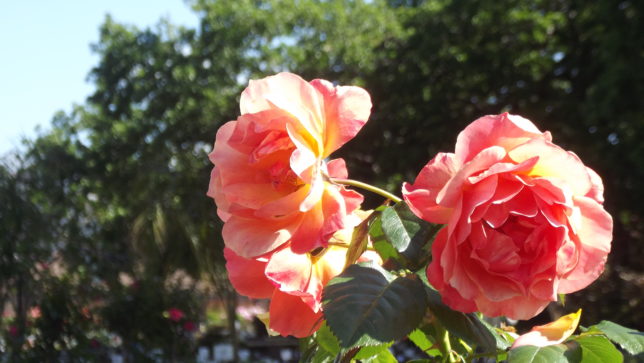 What better way to honor Mom than with flowers? And with a living rose plant that will bloom all season and year after year! We have nearly 200 different rose bush varieties to choose from many with unique names to fit your special lady’s personality.
What better way to honor Mom than with flowers? And with a living rose plant that will bloom all season and year after year! We have nearly 200 different rose bush varieties to choose from many with unique names to fit your special lady’s personality.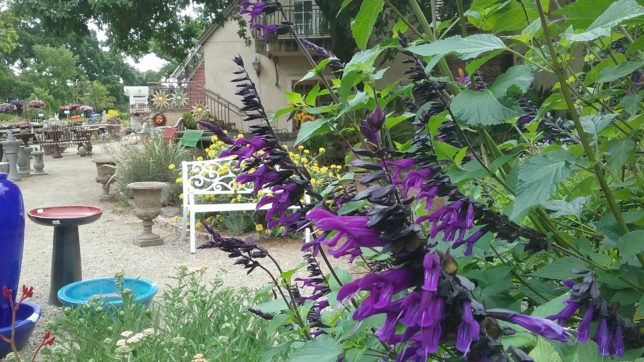
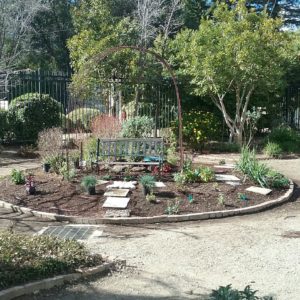
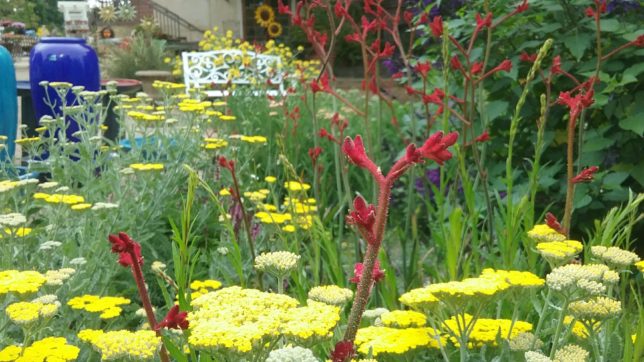
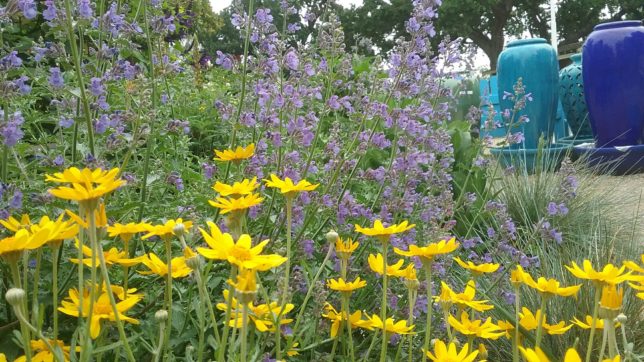
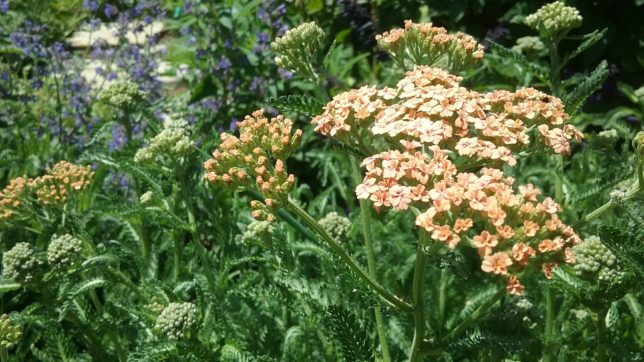
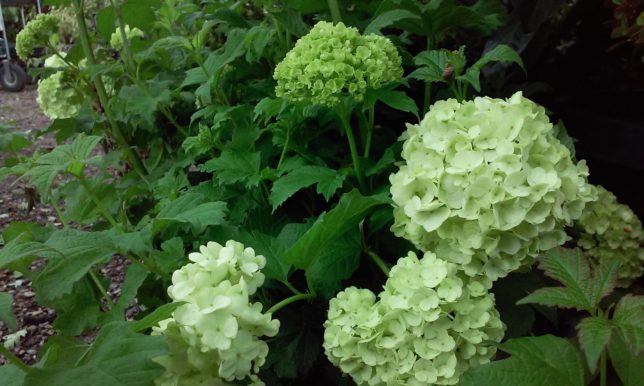
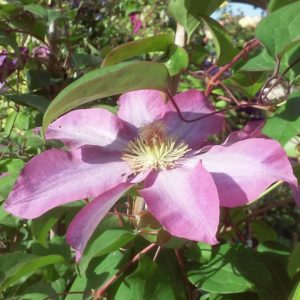
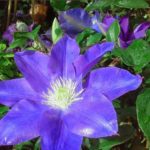

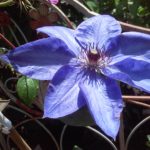
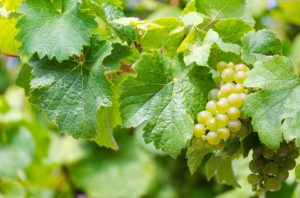 When my mother, Ruth, and father Jack would meet new residents asking what they could successfully grow in our valley the answer would start with, “Grapes and Roses.” Our climate, soil, and water are perfectly suited for both. The name of “Hopyard Road” reflects a time when the Valley was known for filling the beer barrel as well.
When my mother, Ruth, and father Jack would meet new residents asking what they could successfully grow in our valley the answer would start with, “Grapes and Roses.” Our climate, soil, and water are perfectly suited for both. The name of “Hopyard Road” reflects a time when the Valley was known for filling the beer barrel as well.![artichoke600[1]](https://www.aldenlane.com/m/wp-content/uploads/2015/11/artichoke6001.jpg)
![artichoke600[1]](https://www.aldenlane.com/m/wp-content/uploads/2015/11/artichoke6001-150x150.jpg) After harvesting, the last artichokes from a stem, it will wither, and the leaves will die back to the ground. Mid-summer is also the time to cut the stem and leaves to the ground. New shoots will grow from the base producing a new plant with next year’s crop. Make regular applications of Sluggo Plus to ward off earwig invaders.
After harvesting, the last artichokes from a stem, it will wither, and the leaves will die back to the ground. Mid-summer is also the time to cut the stem and leaves to the ground. New shoots will grow from the base producing a new plant with next year’s crop. Make regular applications of Sluggo Plus to ward off earwig invaders.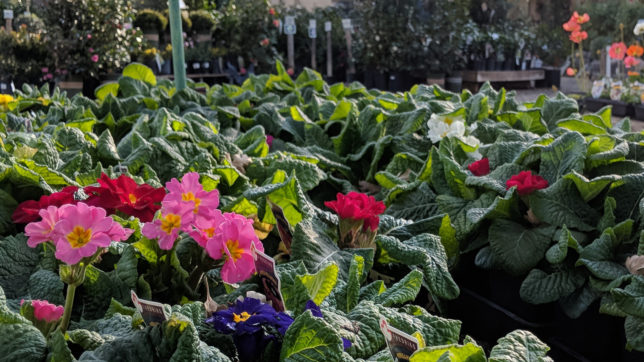
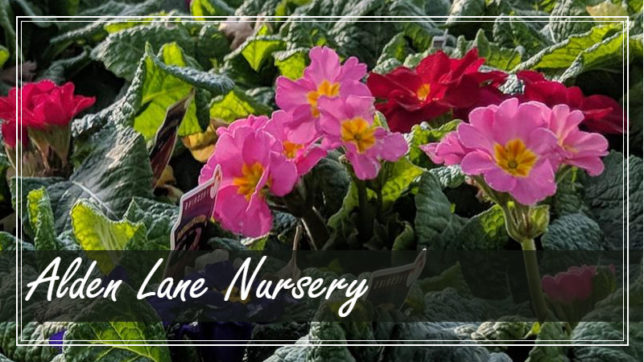
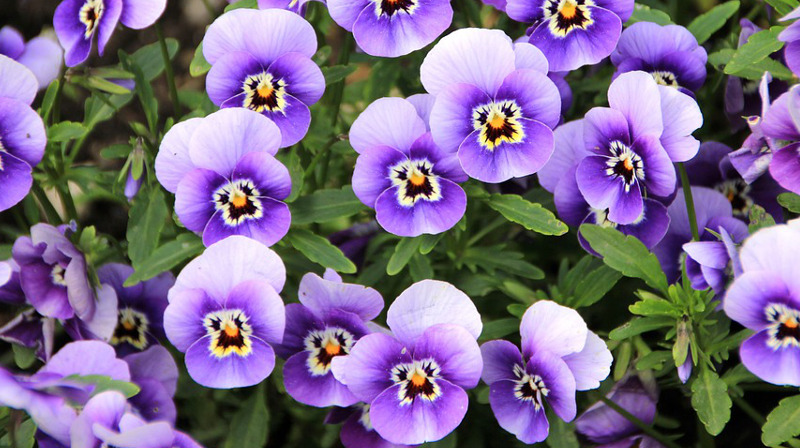
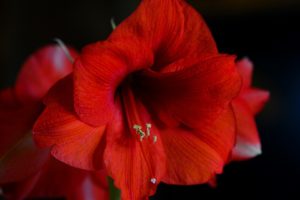 Amaryllis bulbs are a seasonal favorite for the Holidays and starting them now can mean blooms on the table in a month. We have boxed kits and also large bulk bulbs.
Amaryllis bulbs are a seasonal favorite for the Holidays and starting them now can mean blooms on the table in a month. We have boxed kits and also large bulk bulbs.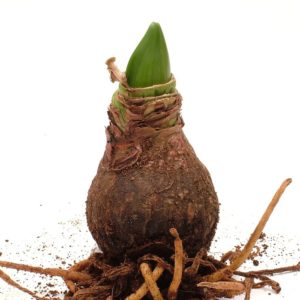 Amaryllis make a well-liked housewarming gift or select one for yourself. They are prized as a gift by both giver and receiver. In addition to being low maintenance and forgiving, they are one of the most impressive flowering bulbs you can grow indoors as a houseplant both because of their large blooms and gorgeous colors. This year we have them in traditional holiday red and white as well as a pink and variegated pink & white No matter what color you choose amaryllis is a show-stopper that brings a warm welcome to any home.
Amaryllis make a well-liked housewarming gift or select one for yourself. They are prized as a gift by both giver and receiver. In addition to being low maintenance and forgiving, they are one of the most impressive flowering bulbs you can grow indoors as a houseplant both because of their large blooms and gorgeous colors. This year we have them in traditional holiday red and white as well as a pink and variegated pink & white No matter what color you choose amaryllis is a show-stopper that brings a warm welcome to any home.